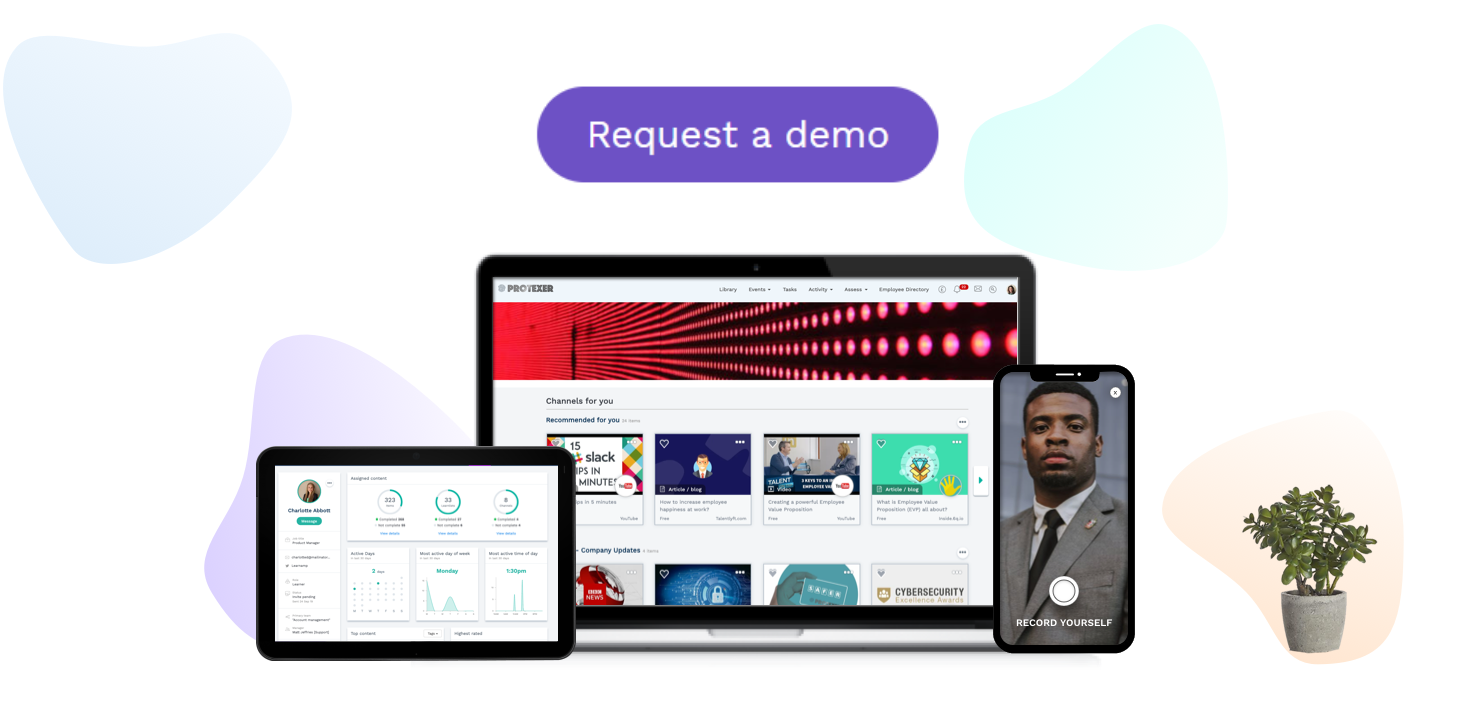The hybrid working model is the future. But creating a strong company culture can be a challenge when some employees are at home and others are in the office. Luckily, a consistent, engaging onboarding program can help new hires feel like part of the team - no matter where they work.
According to Gallup research[1], the onboarding process is the single most important component of a great employee experience. Onboarding is the critical link that connects your hiring process to your new recruits’ overall performance and engagement with the business. Small wonder then that Gallup found that employees who rated their onboarding as exceptional were three times more likely to love their job.
While onboarding is important for every business, it’s even more crucial for hybrid companies. To integrate every employee into the company, regardless of where they work, you need to make sure that each new hire receives the same consistent experience.
For an in-depth guide to creating an effective onboarding program, check out our white paper, Onboarding and induction: How to win employee loyalty from Day 1.
To build a powerful onboarding program in a hybrid business, try:
Creating a unified employee journeyIn hybrid businesses, there can be a risk of creating fragmented or inconsistent People processes. The key to making every new hire feel like part of the team is to build a consistent employee journey that starts with the first time someone interacts with you, runs through to onboarding, and continues into performance management.
- Make sure that all employees are screened, recruited, and onboarded in the same way - whether that’s in person or digitally - regardless of where they will eventually work.
- Keep all onboarding materials in an easy-to-use, central place. A next-gen platform like Learn Amp will allow new hires to self-record and share an introductory video, ask questions of their new teammates, and work their way through tailored onboarding learning content within the same platform.
- Set role-relevant tasks during the recruitment process. Review the results with the successful candidate as part of their onboarding, identifying key areas of improvement as initial learning and development goals. Again, this reinforces the idea that every interaction with your company is part of the same cohesive employee journey.
Balancing consistency with personalisation
In hybrid businesses, onboarding needs to tread a fine line between standardisation and customisation.
- Employees should feel that they are all part of the same valued team, but that the company also recognises their unique needs and working style. Give new hires the opportunity to engage and interact with their team in their preferred way, for instance by enabling them to create and share self-record videos, written responses, or multiple-choice quizzes, or join in peer-to-peer discussions.
- Provide the same information to all new hires but offer the content via your learning platform in a self-service format for both in-house and remote employees. That way, employees receive a standardised onboarding process, but can learn at their own pace.
- Set up checkpoints and milestones to help the new hire track their own progress while also making sure that everyone has access to the information they need.
- In addition to standard onboarding content (such as a guide to company culture, required compliance training, and so on), establish unique learning pathways for each role. These can be further personalised by assigning specific content based on your initial assessment of the individual’s learning priorities during the recruitment process.
Resources:
[1] https://www.gallup.com/workplace/323573/employee-experience-and-workplace-culture.aspx#ite-323753




